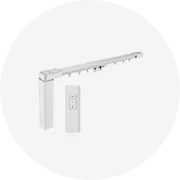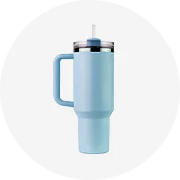Introduction to Microwave Waveguide Covers
A microwave waveguide cover is an essential component in the operation of microwave ovens. Designed to enhance microwave performance while ensuring safety, these covers serve as protective barriers that manage the flow of microwaves within the oven cavity. They help distribute microwave energy evenly, thus improving cooking efficiency and safeguarding against emissions.
Types of Microwave Waveguide Covers
- Standard Waveguide Covers: Typically made from heat-resistant materials, these are common in most domestic microwave ovens. They provide effective shielding against microwave leakage.
- High-Temperature Waveguide Covers: These covers are designed to withstand extreme heat, making them ideal for commercial kitchens or heavy-duty microwaves.
- Custom-Fit Waveguide Covers: Tailored to specific models, these covers ensure optimal performance and fit, reducing the chances of microwave leakage and enhancing durability.
Applications of Microwave Waveguide Covers
- Home Cooking: Mainly found in residential microwaves, they ensure that food is cooked evenly and safely.
- Commercial Use: In restaurants and catering services, high-temperature waveguide covers are crucial for maintaining safety standards while enabling quick reheating and cooking of food.
- Laboratory Settings: Utilized in research facilities where precise microwave applications are necessary for experiments.
Features and Advantages of Using Microwave Waveguide Covers
- Durability: Made from robust materials that can withstand frequent use and heat exposure.
- Microwave Safety: Prevents microwave leakage, protecting users from harmful exposure while ensuring accurate cooking.
- Enhanced Performance: Promotes efficient energy distribution, which leads to an improvement in cooking times and even heating.
- Easy Replacement: Designed for quick installation, these covers can be easily replaced when needed, ensuring uninterrupted use of the microwave.




































































































































































































































































 浙公网安备 33010002000092号
浙公网安备 33010002000092号 浙B2-20120091-4
浙B2-20120091-4